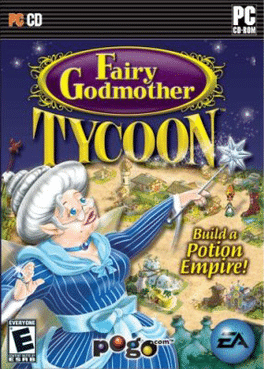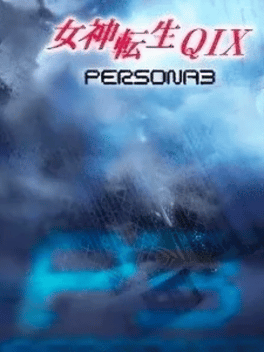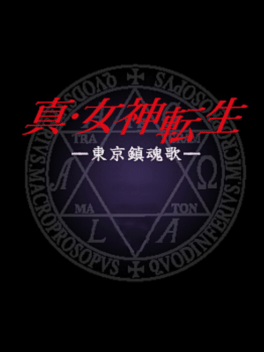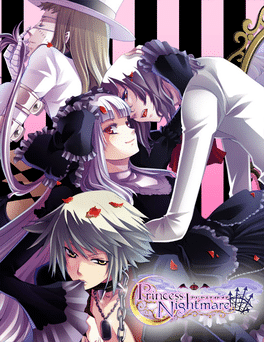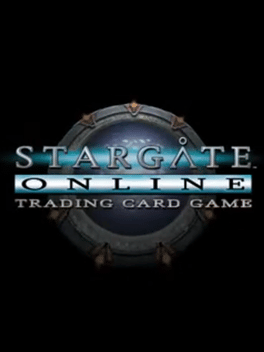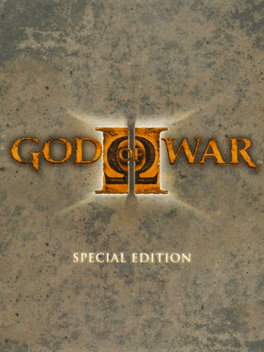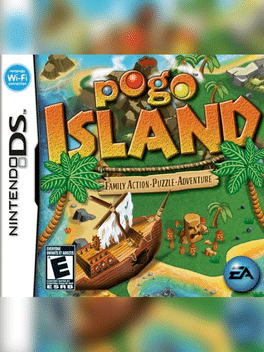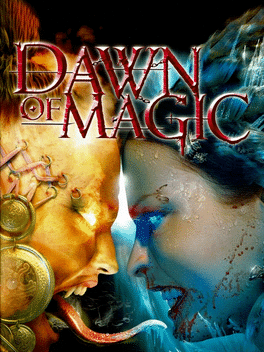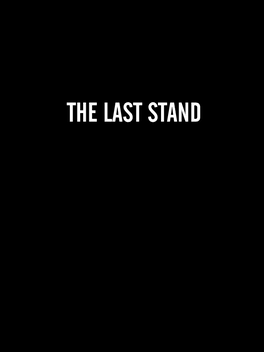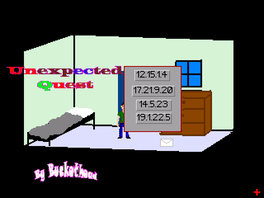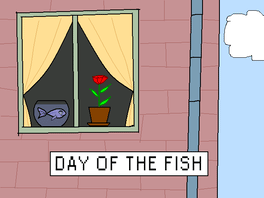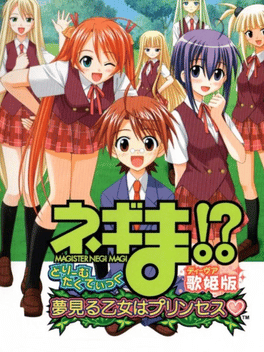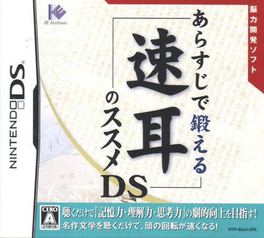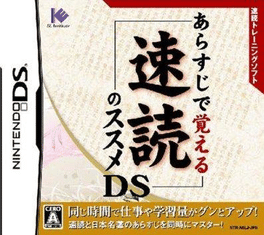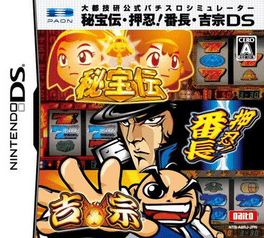New Games - Page 10132
-
Adventures of Keith Night: After a Shadow
2007
Keith Night woke up in a gutter. Having no idea what he was doing there, he had to trace his steps from last night and find out what he was after. But Keith had no idea of the things to come... -
Konami Classics Series Arcade Hits
2007
star 6.9Konami Classics Series Arcade Hits is a compilation of 15 games from the early days of Konami: - Scramble - Horror Maze (Tutankham) - Pooyan - Time Pilot - Track and Field - Roc 'N Rope - Basketball (Super Basketball) - Circus Charlie - Road Fighter - RainbowBell (TwinBee) - Yie Ar Kung-Fu - Shao-Lin's Road - Gradius - Rush'n Attack - Contra When Tutankham and Super Basketball were released in the U.S. they kept their original names however in this collection they are named as Horror Maze and Basketball. It is unknown why the games' names were changed. This compilation also marks the first North American appearance of the original TwinBee arcade game in any form. -
Megami Tensei QIX: Persona 3
2007
Megami Tensei QIX: Persona 3 (女神転生QIX ペルソナ3) is a Persona 3-themed puzzle game developed for mobile phones. It was offered through the Atlus and Bbmf mobile telephone site called Megaten α starting on April 27, 2007. It functions similarly to the game it is titled after. Players complete levels by capturing at least 80% of the board. Enemies appear as Shadows and artwork and music from the original game appear. -
Shin Megami Tensei: Tokyo Requiem
2007
Shin Megami Tensei: Tokyo Requiem is an RPG developed by Atlus and Bbmf for mobile phones. -
Princess Nightmare
2007
Princess Nightmare
2007
An otome visual novel with a gothic setting developed by Karin Entertainment. -
Stargate Online Trading Card Game
2007
A downloadable trading card game based on the Stargate universe from Sony Online Entertainment. -
God of War II: Special Edition
2007
God of War II is an action-adventure game developed by Santa Monica Studio and published by Sony Computer Entertainment (SCE). First released for the PlayStation 2 console on March 13, 2007, it is the second installment in the God of War series, the sixth chronologically, and the sequel to 2005's God of War. The game is based on Greek mythology and set in ancient Greece, with vengeance as its central motif. The player character is protagonist Kratos, the new God of War who killed the former, Ares. Kratos is betrayed by Zeus, the King of the Olympian Gods, who strips him of his godhood and kills him. Slowly dragged to the Underworld, he is saved by the Titan Gaia, who instructs him to find the Sisters of Fate, as they can allow him to travel back in time, avert his betrayal, and take revenge on Zeus. The gameplay is similar to the previous installment. It focuses on combo-based combat which is achieved through the player's main weapon—Athena's Blades—and secondary weapons acquired throughout the game. It featur -
Buzz! The Mega Quiz
2007
Buzz! The Mega Quiz
2007
star 8Buzz!: The Mega Quiz released as Buzz! The Maha Quiz in India was developed by Relentless Software and is the fourth game in the Buzz! series for the PlayStation 2, alongside Buzz! Junior: Robo Jam. Buzz! The Mega Quiz has over 5,000 questions.[1] Along with Buzz! Junior: Jungle Party, this was one of the first Buzz games released in North America, also the first game in the series to have a 12+ rating by PEGI. -
Pogo Island
2007
Pogo Island
2007
star 6Get ready to be transported to a tropical island full of adventure and puzzle-solving fun in Pogo Island, a unique title featuring the five most popular games from Pogo.com. When everyone's favorite Pogo mascots are shipwrecked on a deserted island, it's up to you to save the day. Hone your skills at five classic Pogo games, including Poppit!, Word Whomp, Squelchies, Tri-Peaks Solitaire, and Phlinx, and then set off on an island adventure to reunite with your Pogo friends. -
SingStar: Pop Hits
2007
SingStar: Pop Hits
2007
star 6.5SingStar Pop Hits is a karaoke game, featuring hit pop songs. The game gives points which are distributed by the purity of singing, as in how well does one manage to stay on tune. It doesn't matter if you change octaves in the middle of the song or what words are you singing in (it doesn't have a word recognition), so your singing is rated by how well you manage to hit the correct note at the correct time. -
Dawn of Magic
2007
Dawn of Magic
2007
star 5Dawn of Magic is a third-person RPG where the weapon of choice is magic. Unlike any other Action RPG, player characters in Dawn of Magic are all of one type: Mage. However, with dozens of different fields of magic available, players will have plenty of opportunities to customize their characters and specialize in the magic of their choice. The game is set in a richly detailed, medieval fantasy world, allowing the player a wide variety of choices both in individual quests and character development. -
The Last Stand
2007
The Last Stand
2007
A zombie survival game where you fight off zombies every night and try to survive for as long as possible from your barricade. During the day you can repair the barricade, search for weapons, look for other survivors among other things to help in your defense. -
Unexpected Quest
2007
-
Day of the Fish
2007
-
Negima!? Magister Negi Magi: Dream Tactic Yumemiru Otome Princess
2007
A turn-based strategy game based on the Negima anime & manga series.


